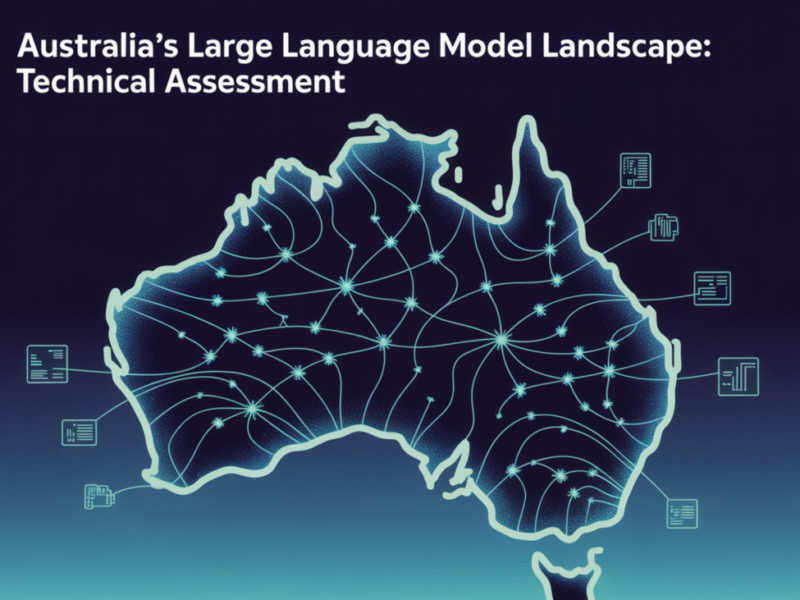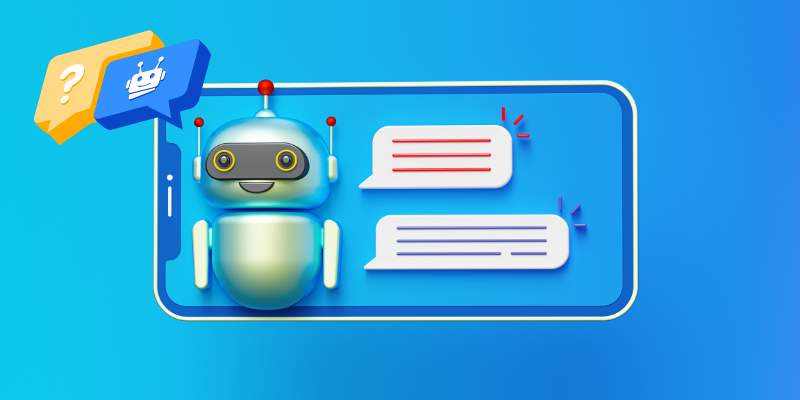If you’ve been playing around with AI writing tools lately, you’ve probably noticed they can whip up blog posts, essays, or product descriptions in seconds. That’s impressive—until you remember the little voice in your head whispering: “Wait… is any of this actually original?” That’s where things get messy.
AI models don’t “think” in the human sense. They generate content by predicting words based on patterns they’ve learned from vast datasets, which means sometimes those patterns look suspiciously like something already out there.
And if you’re publishing online—whether it’s a personal blog or a corporate whitepaper—getting called out for plagiarism isn’t just awkward, it can be reputation-crushing.
The Blurred Lines Between Inspiration and Imitation
Humans have always borrowed from one another’s ideas—Shakespeare reworked old tales, musicians remix samples, and photographers reframe the same sunset in fresh ways.
The difference? We typically reinterpret content through our own lived experiences. AI doesn’t have those lived experiences; it has training data. So when it stitches together sentences, there’s a risk it may unintentionally spit out something too close to its source.
And here’s the kicker: AI-generated text can sometimes sound too perfect. That slick, polished flow might raise red flags for plagiarism detection algorithms, even if it wasn’t copied verbatim. This is why having a plagiarism checker that detects AI content is no longer optional—it’s self-defense in the age of machine-assisted writing.
Avoiding the “Uh-Oh” Moment After Publishing
Imagine publishing an AI-assisted article for your brand, only to have someone point out that it’s eerily similar to a competitor’s blog from last year.
You’d scramble to check, rewrite, and do damage control. A solid plagiarism checker prevents that by scanning your text against billions of pages, flagging overlaps, and even pinpointing suspicious phrasing.
Some advanced tools go a step further: they can identify if a piece of text was likely written by an AI. Why does that matter? Because in certain contexts—academic writing, journalism, or even marketing campaigns—full disclosure about AI assistance is becoming an ethical, and sometimes legal, expectation.
Trust, Credibility, and the Human Touch
People read to connect—not just to consume words. If your readers suspect that what they’re seeing is AI-generated and unoriginal, the trust you’ve built can evaporate overnight. By using plagiarism checkers that are tuned for AI content, you protect both your credibility and your audience’s faith in you.
It’s not about being anti-AI; it’s about being pro-transparency. You can still use AI tools to brainstorm, outline, or draft, but a final human pass—paired with a smart detection tool—makes all the difference. This approach balances efficiency with authenticity.
Final Thoughts: Insurance for the AI Age
Think of plagiarism detection as insurance. You hope you’ll never need it, but when you do, it’s a lifesaver. And with AI tools becoming standard in content creation, the chance of overlap—whether intentional or accidental—is higher than ever.
In my opinion, the writers and brands that will thrive in this new era are the ones who embrace AI without letting it replace human judgment.
Use the tech, yes, but pair it with the right safeguards. That way, you can write boldly, publish confidently, and sleep well knowing your words are truly your own.

